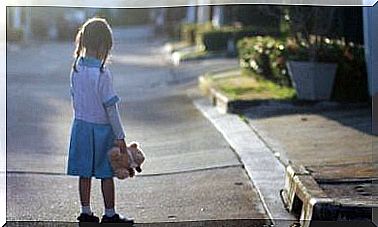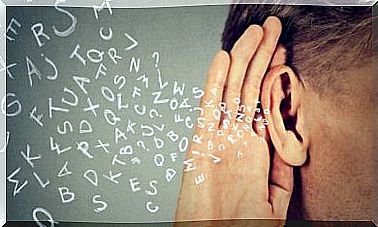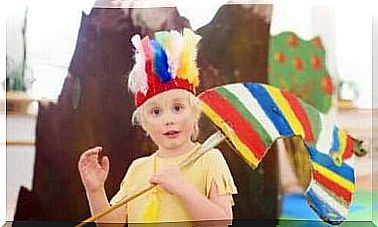Walking Chairs – Enemies For The Child’s First Steps?
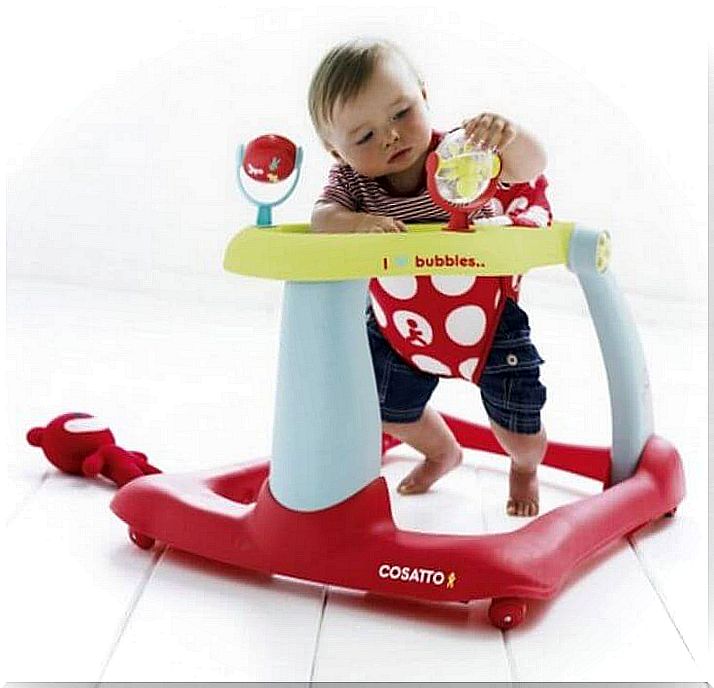
Many of us started walking with the help of walking chairs. That is why our own parents insist that we use them to help our children take their first steps.
But pediatricians do not actually recommend the use of walking chairs. Why not?
They are not only ineffective in teaching children to walk, but also alter their natural neurological and motor development.
They also pose a danger to children in the home, according to studies conducted in recent years.
Walking chairs are questioned by neurologists and specialists in evolutionary psychology. Walking chairs interfere with crawling as an activity. Crawling is fundamental to every child’s evolutionary development because it connects the halves of the brain. It also creates important information routes for the maturation of several cognitive functions.
According to experts, crawling allows children to coordinate opposite movements. It recreates the crossed pattern – a neurological function that enables the body to shift its balance.
When a baby alternates between left and right legs, and right arm with left, it promotes an integrated brain condition. The crawling movements – which are skipped with walking chairs – tone the muscles that help the child keep the spine straight.
It also trains the focus of the eyes. When they look at the ground to see where their hands or knees are, the children stare at a close point.
When the baby puts weight on the palms and supports itself with shoulders and wrists , it will also perceive gravity and learn to handle it.
It helps it measure the world and enables a “lateralization” in the brain, where one of the halves of the brain dominates and the other serves.
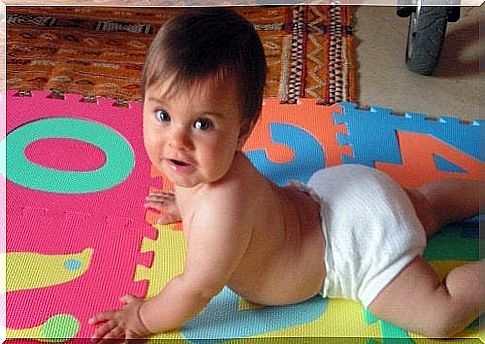
According to orthopedic specialists , walking chairs alter the natural development of both legs and back as they force certain postures and movements.
Using a walker not only requires that you learn to walk with your legs apart, but also risks abnormalities in the knee and foot positions.
The bending of the legs undoubtedly affects the development of the back. At that age, the back is not able to keep the child upright, as it does not yet have the strength to remain upright.
Walking chairs also force children to walk on their toes, an abnormal position that usually continues as long as they use the tool.
It shows that babies are not ready at a motor level to handle balance, height and distance calculation when using wheelchairs.
As specialists point out , children first learn to sit, then to crawl and finally to stand and walk. The process is linked to mental development that should not be forced, as each child has his or her own rhythm.
Putting the baby in a walker when it still does not know how to walk therefore creates distance between the mind and movements. What their bones can do is coordinated with their mental development.
Several scientific studies, including one published in the British Medical Journal, concluded that the use of walking chairs delayed the initial steps and disrupted motor skills as well as the child’s cognitive development.
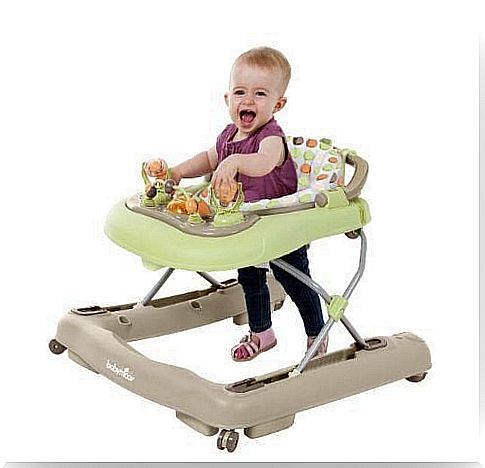
Specialists recommend not using wheelchairs as they increase the risk of serious accidents by 400%. According to figures from the Society of Pediatrics in Argentina, around 45% of all children who use a walker are affected by accidents.
It’s a fact: the wheels and the small amount of control that babies have can cause accidents of all kinds.
Children who use them are twice as likely to hit themselves in the head as children who do not. Children who use wheelchairs are also twice as likely to have fractures in their arms and legs.
These risks increase fourfold when it comes to falling down stairs, suffering from burns, stab wounds, suffocation and even death.
In some countries, such as Brazil and Canada, walking chairs are completely banned, but in other places they can still be sold and used. However, pediatricians and other specialists recommend not using them.
Some believe that the scientific observations are exaggerated, especially if their children already use a walker or if several generations have grown up with them.
They can say things like, “I love it”, “nothing happened to my baby” or “I learned to walk really fast”.
Of course, accidents can be avoided if wheelchairs are used with moderation, control and extreme caution.
But that does not mean that you do not risk your child’s well-being and development, and that for an aid that is not needed at all.
In the end, the decision is entirely up to the parents: yes or no to walking chairs?


